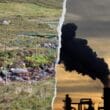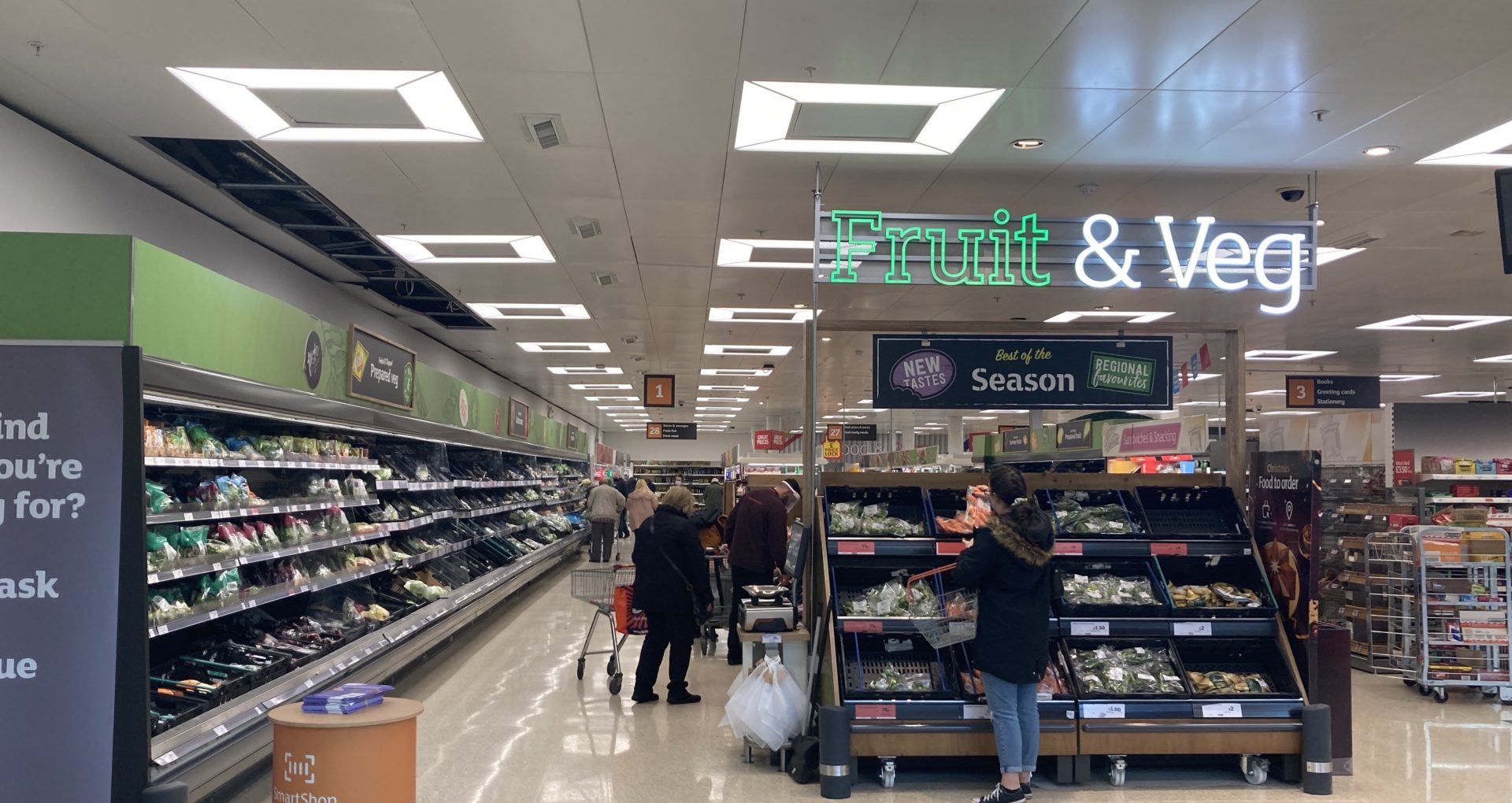
Why is a supermarket sponsoring vital climate talks? And just how green is it?
The Ferret has reported on the total carbon cost of the “principle partners” of COP26, which produce a staggering 350m tonnes of carbon a year.
Now, in this exclusive podcast, we look in more depth at the one of the most high-profile of these, the climate talks’ “Principal Supermarket Partner”, Sainsbury’s.
The supermarket chain trumpeted its partnership, and used the news to plug a new slogan, “Helping Everyone Eat Better”, despite the fact that it produces around 27m tonnes of carbon a year.
It said: “Sainsbury’s will take a leading role in helping shoppers improve their diets while helping to reduce their impact on the environment one plate at a time.”
In TV ads, voiced by Stephen Fry, it urges us to eat more fruit and veg if we are worried about the state of the planet.
But how green is the supermarket, and how easy does it make it to shop in an environmentally friendly way?
Should such sponsorship deals be just a matter of money, or should the sponsors be made to prove their green credentials?
For this COP26 podcast reporter Richard Baynes, aided by Ferret colleague Paul Dobson, has been looking at issues including the company’s use of palm oil, air-freighting of produce, its open-fronted fridges and some of the claims the company makes about being environmentally friendly.
Supermarket’s green decisions
On a store visit, labels, displays and products are given the critical once-over with a view to just how shoppers can make the greenest decision.
Green food expert Pete Ritchie, executive director of food sustainability charity Nourish Scotland, also casts his eye over the Sainsbury’s offer and in a wide-ranging discussion talks about how he believes supermarkets can help the environment.
Sainsbury’s defends its record, and details green initiatives in response to the questions about sustainability, packaging and more. And Ritchie gives his verdict on whether the supermarket is a suitable sponsor for what many see as the most vital step to saving the planet from disastrous heating.
Cover image thanks to Richard Baynes.














